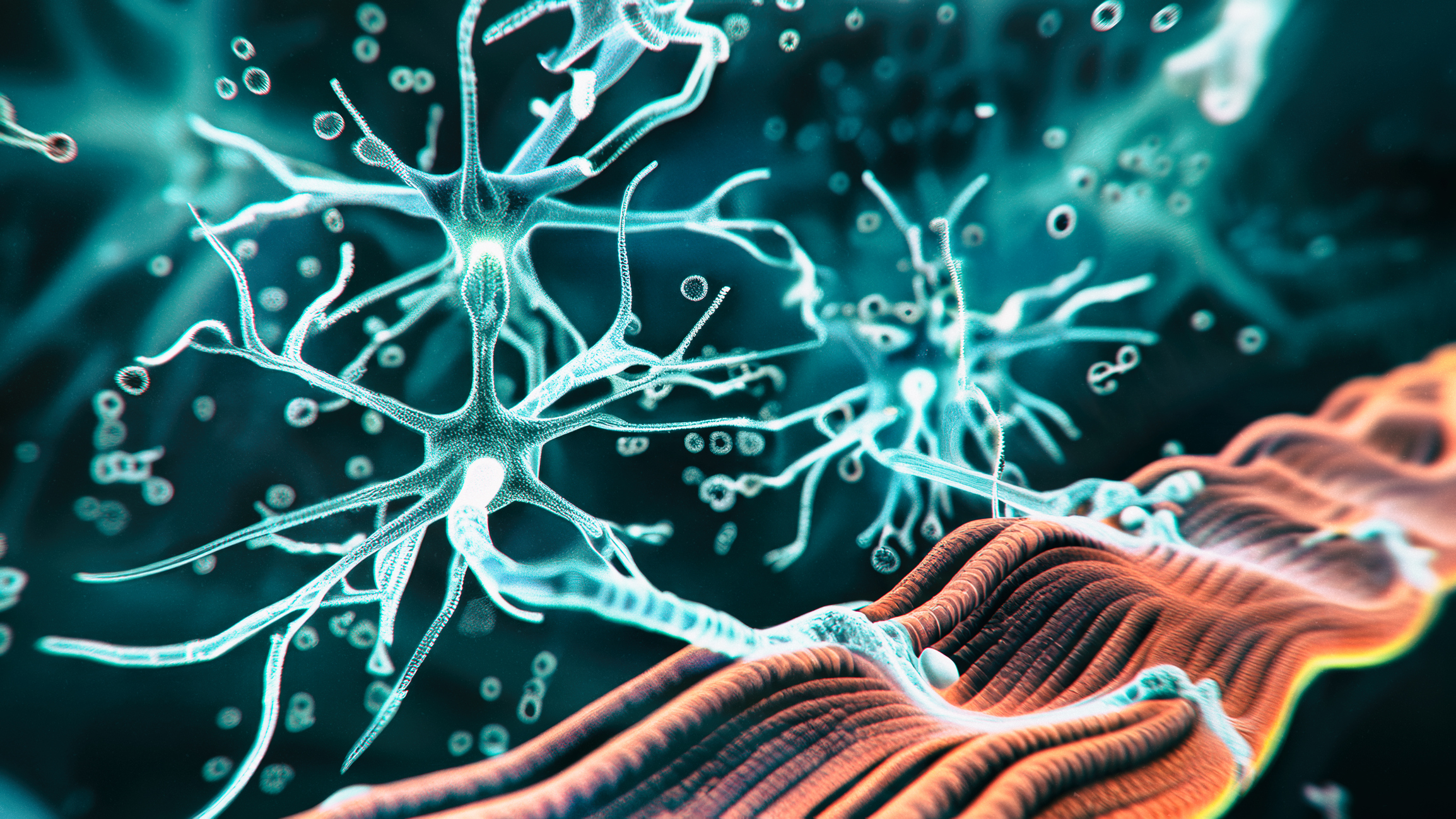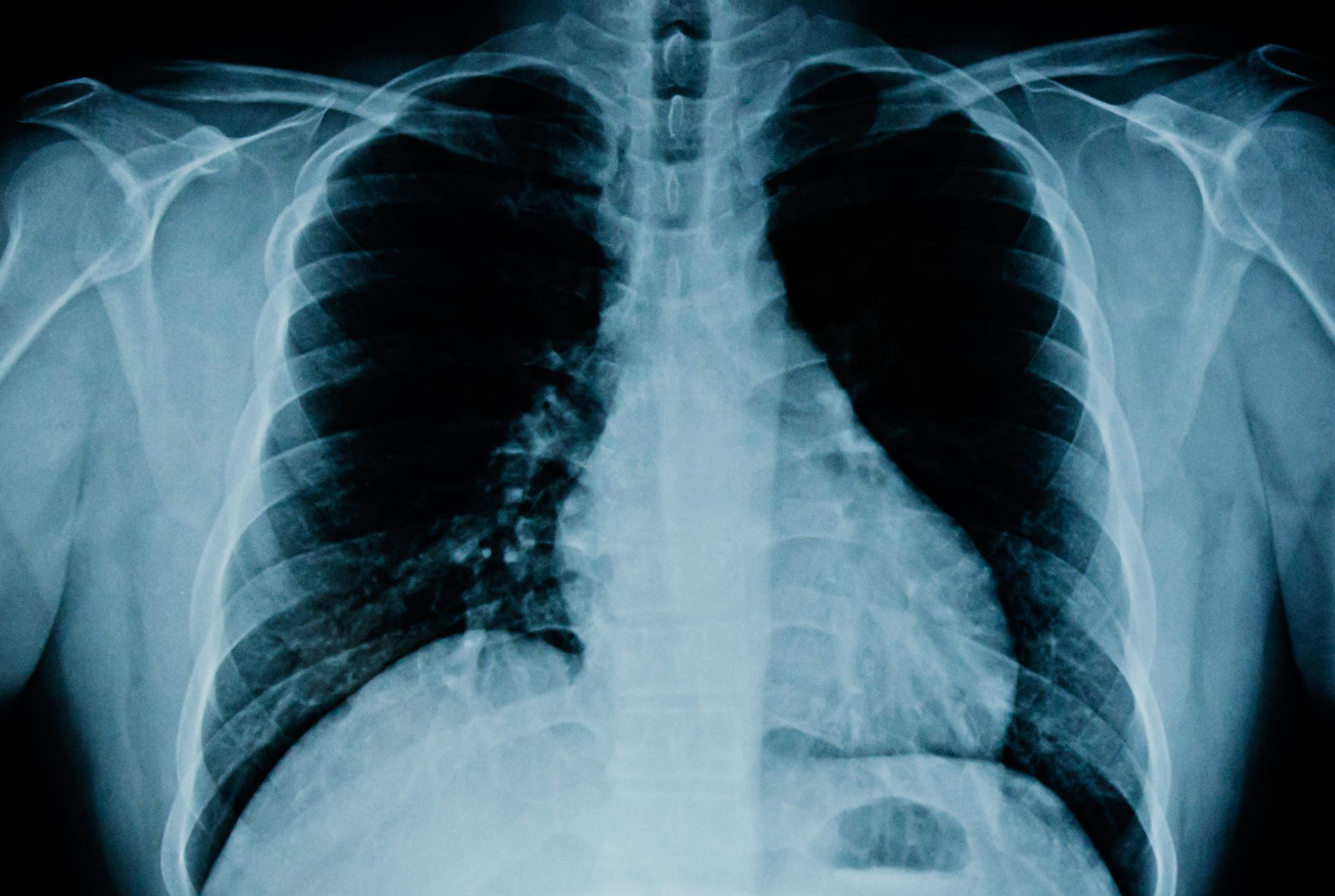Neurology is one of the most progressive fields in medicine – and its development has been rapid. Milestones include the first approved gene therapy for spinal muscular atrophy, deep brain stimulation to alleviate symptoms of Parkinson’s disease, and therapeutic options for stroke (thrombolysis and thrombectomy).
The brain is what makes us human. At 1,300 grams, it doesn’t seem impressively weighty, but in the cerebrum alone we find more than thirty billion nerve cells called “neurons.” And in each and every one of us, these in turn are interconnected with a total of over 500,000 kilometers of nerve pathways. When the balance between stability and flexibility of neuronal activity gets out of joint, neurological symptoms such as paralysis, sensory disturbances, visual disturbances, disturbances of spatial orientation or other brain functions such as language, arithmetic, abstract thinking and many more develop. These symptoms are consequences of a disturbed network performance of the brain.
Neurology is concerned with these network disorders – and we understand better and better how they work. It is not least the result of the continuous close connection between clinical neurology and neuroscientific research that has led to neurology changing and developing dynamically like hardly any other subject in medicine: From a descriptive, analytical discipline to a very highly specialized and therapeutically oriented one.
In recent years, numerous milestones have been achieved that have significantly improved the quality of life and, in some cases, the prognosis of patients with neurological diseases; here are a few examples:
– Treatment options are now available for children and young adults with 5q-associated spinal muscular atrophy (SMA), a neurological disorder characterized by severe muscle weakness and wasting (muscle atrophy). It has been possible to understand the molecular genetic causes and to treat the inherited defect with gene therapy. The advances in molecular research that ultimately paved the way toward these first approved gene therapies provide reasonable hope that gene therapies for other diseases resulting from pathological molecular genetic alterations can also be developed.
– For a long time, the only treatment for multiple sclerosis was cortisone infusion. Today, we can “modulate” the immune system specifically at various molecular targets – and thus inhibit the progression of the disease for years. Numerous disease-modifying therapies (DMTs) target the mechanisms that cause MS. In individual cases, stem cell transplantation is even used to reconfigure the immune system almost completely.
– In Parkinson’s disease, the path went from a pure drug treatment with one, maximum two active substances (levodopa and amantadine) to the implantation of brain stimulators, combined with individualized pharmacotherapy. Today, deep brain stimulation is used to bring the disturbed neuronal networks back into a better “rhythm”, which can push back the symptoms for years. Currently, work is being done on the possibilities of non-invasive stimulation (e.g. via ultrasound).
– In difficult cases, migraine can now be treated with antibodies that specifically block signal transmission in the pain system.
– In the case of stroke, there was still “bloodletting” in the early 1990s. Some blood was drained after a stroke, so that a certain “dilution effect” occurred. From today’s perspective, this is no longer conceivable. Modern stroke therapy takes place in specialized “stroke units,” microcatheters are inserted into the brain to reopen blocked vessels, and drugs are administered to dissolve blood clots and thus restore blood flow. What we often no longer even realize today: Exactly 50 years ago, the first computer tomography was performed on a human being. Previously, brain tissue could only be visualized by opening the skull. A few years later, the first magnetic resonance imaging, MRI, followed. Modern imaging has made a massive contribution to the advancement of clinical neurology.
“Neurology is one of the most progressive subjects in medicine – and the development has been rapid. Our subject will continue to develop in the direction of personalized therapy and precision medicine, and the basis for this is the rapid translation of basic results into clinical practice,” explained DGN President Prof. Dr. Christian Gerloff, Hamburg, at the press conference of the 94th Congress of Neurology.
More information:












